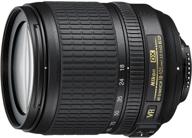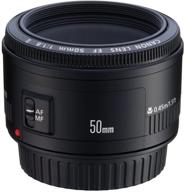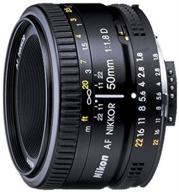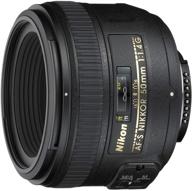
Review on Black Canon EF 24-105mm f/4L IS II USM Lens - Model 1380C002 by Adam Adam ᠌

The quality is top notch and I recommend the product for purchase.
According to what I've gathered, there are a lot of comments on the internet written by seasoned photographers who frequently criticize this glass, which can confuse beginning photographers like me. I always tell first-time drinkers that this is an excellent glass. I use a Canon 500D for my photography, and comparing this lens to a whale lens is like comparing apples and oranges. Those. Feels like it's 2 different cameras. The lens has a good feel to the touch, focuses swiftly and virtually never misses, has outstanding colors and sharpness, a relatively high aperture (in comparison to a whale), and a stabilizer that does not cause complaints. In conclusion, although this piece of iron is somewhat pricey, the investment was well worth it. I will say more; low-cost cameras typically come with old lenses that are fully soiled with dust and debris, and it is imperative that these lenses be replaced. Additionally, the 24-105 f/4L is an excellent alternative. ps picked this option out of this and 24-70. I have come to the realization that a stabilizer and FR are superior to aperture when shooting on the street as opposed to in a studio setting. After using this glass for an entire year, I can confidently say that the experiences it provides have only gotten better with time. The lens was carelessly used for an entire year, during which time it was dropped numerous times on a variety of jambs, traveled to the beach, and on multiple occasions was caught in the rain. But in spite of all of this, the damage consisted of little more than a minor scratch on the window of the focus scale. There is no dust inside, nothing creaks, and it functions just as it did on the day it was purchased. Regarding the question of whether the stub or the 2.8 is superior: I also use the Canon EF 70-200 f/2.8L USM lens, which is a fantastic piece of glass. However, when it comes to focal lengths that overlap, I still favor the 24-105. And especially when the lighting is bad; at FRs of 70 and above, there is no aperture that can compensate for hand trembling; the shutter speed decides. I purchased 2 of these glasses for XA and compared them; on intersecting FR 24-105, this one came out on top. If you have a decent flash, you should be able to take good pictures both at night and inside, regardless of where you are. Even when using a covered aperture, a well-drawn backdrop can be achieved using the flash in combination with slow shutter rates thanks to the stabilizer. To this day, I am of the opinion that this lovely glass is not only deserving of the purchase price, but that it is also the key to unlocking the full potential of any reasonably priced DSLR.
- Image that is crisp and clear, with a broad dynamic range and superb performance.
- The pricing may cause some confusion, however it is reasonable considering the product's quality.
New products
Comments (0)
Top products in 👓 Lenses

New Nikon 18-105mm Vibration Reduction 📷 Zoom Lens with Auto Focus for Nikon DSLRs

104 Review

Canon EF 50mm f/1.8 II Fixed Lens - Discontinued by Manufacturer

93 Review

Nikon 50mm f/1.8D Lens: Perfect for Nikon DSLR Cameras!

97 Review

📷 Nikon AF-S NIKKOR 50mm f/1.4G Lens with Auto Focus: Perfect for Nikon DSLR Cameras

76 Review





